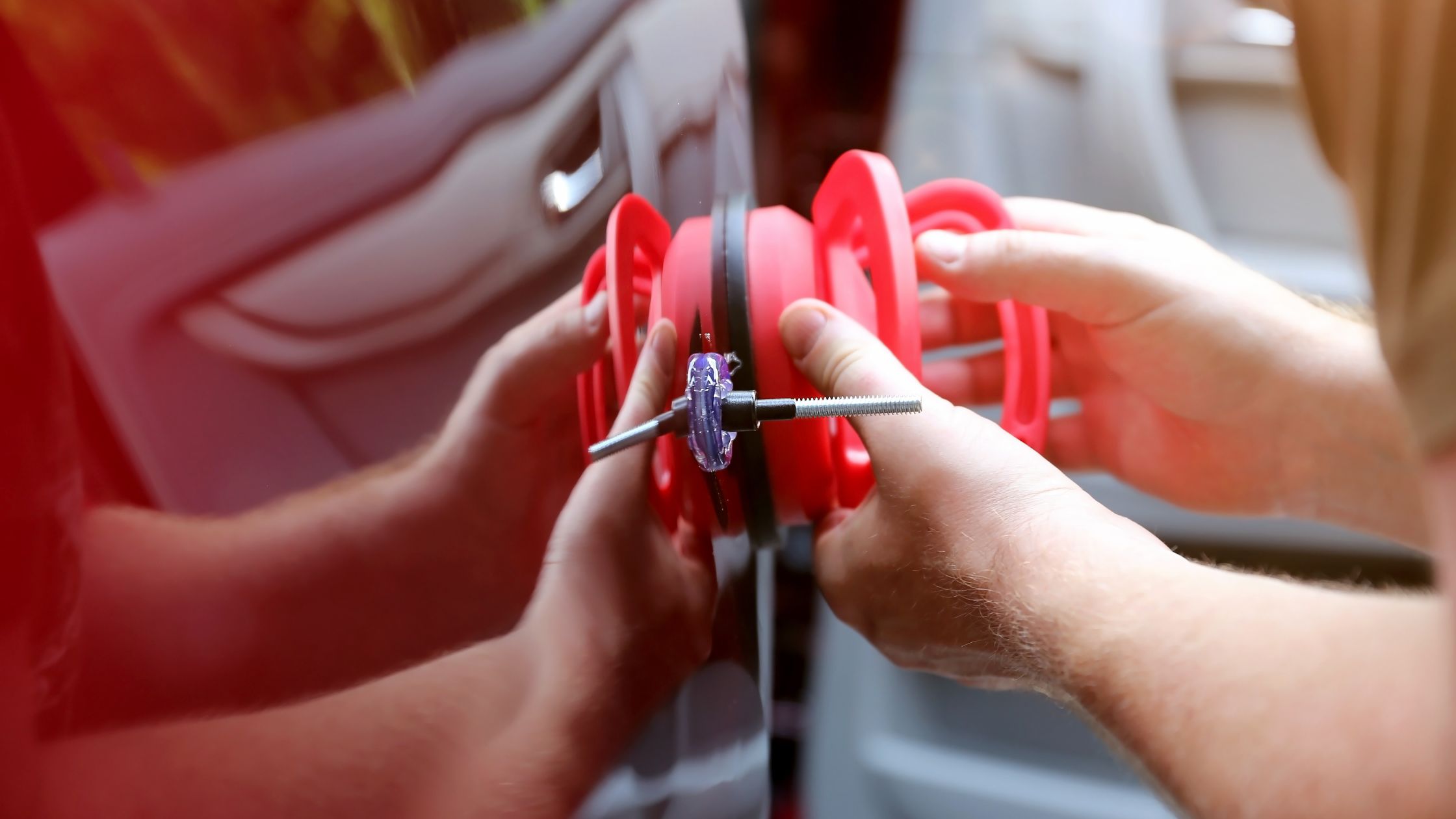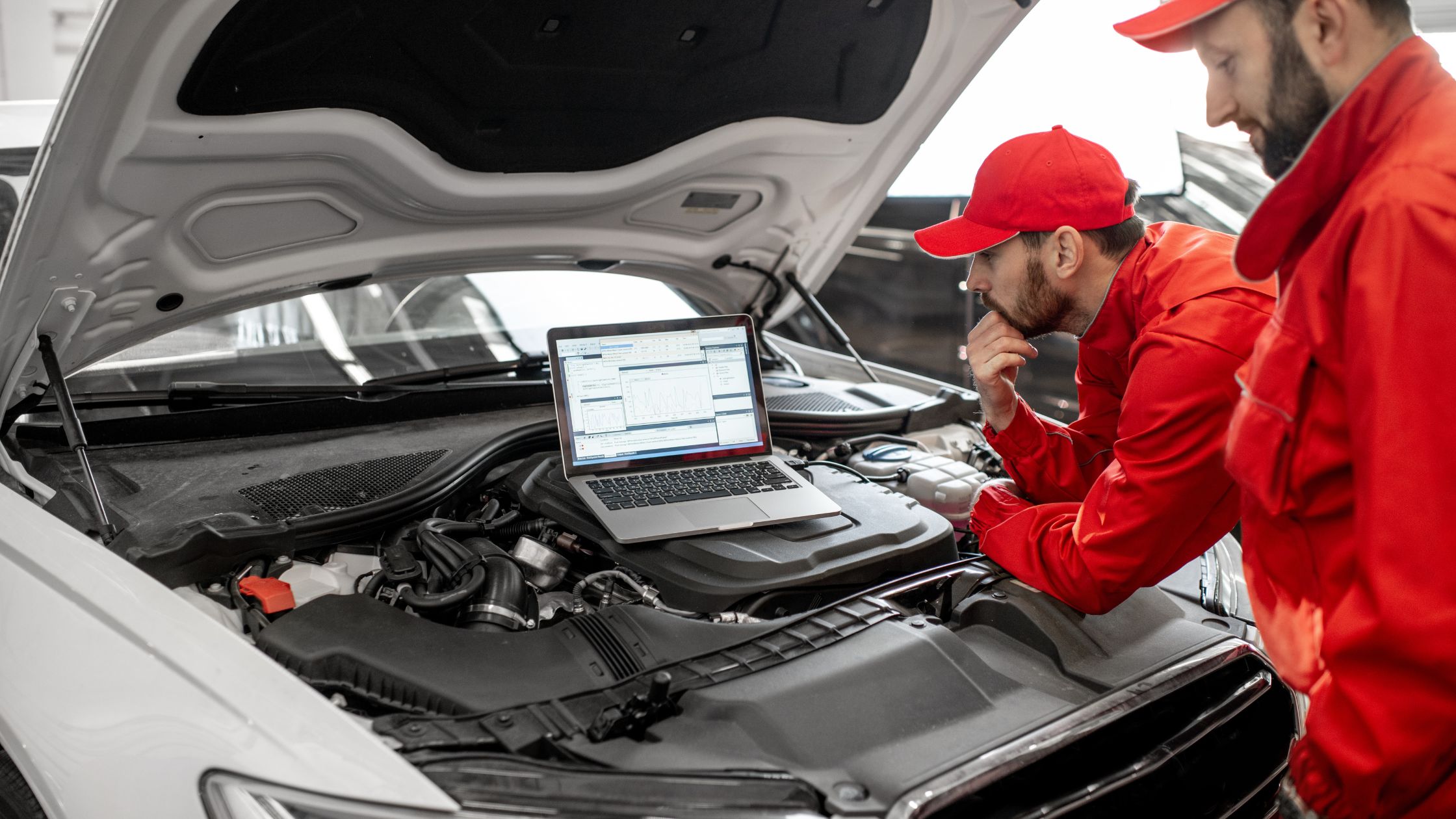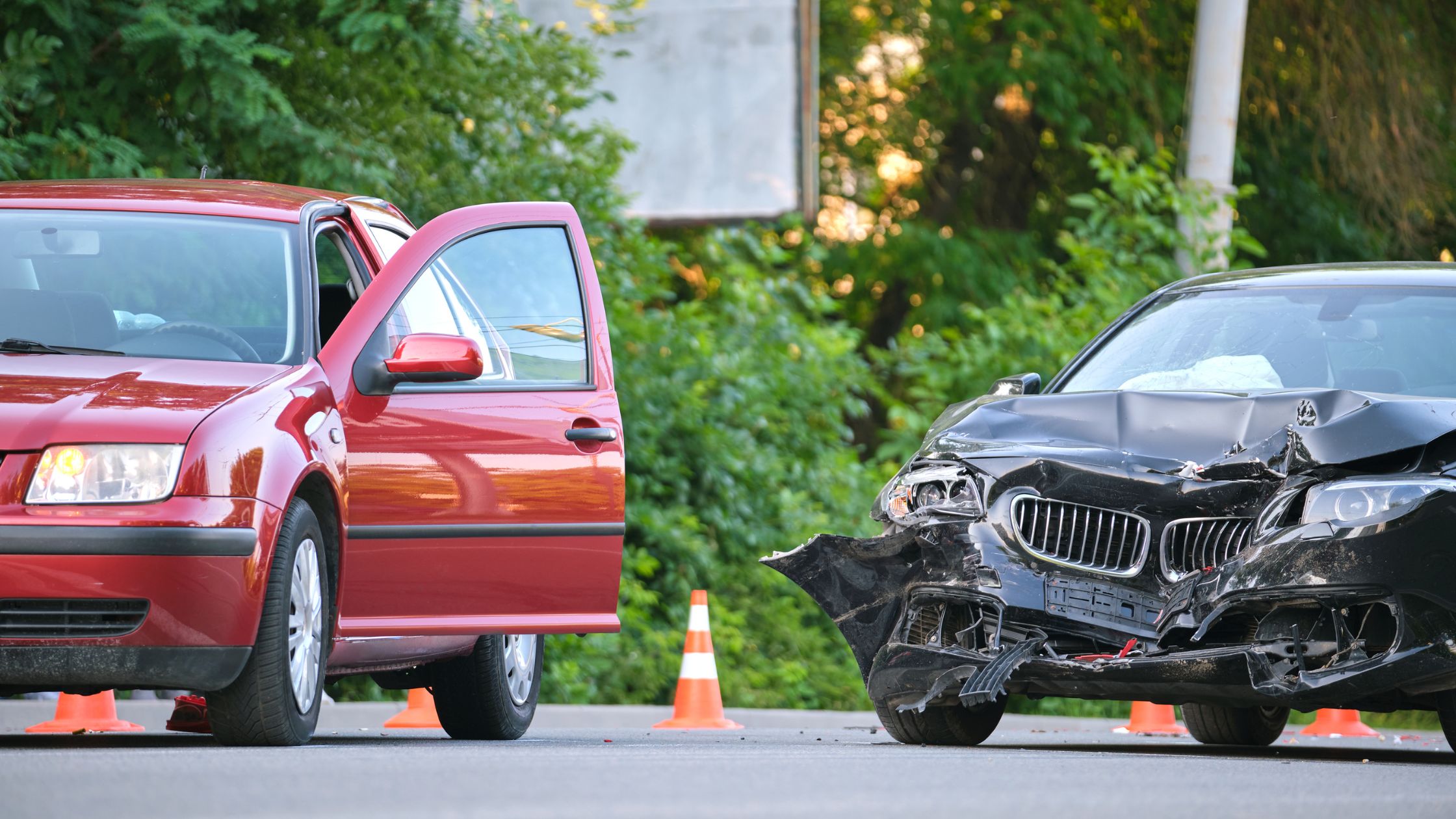Never overlook the importance of tires. The safety of your vehicle hinges on them. Your car’s brakes and tires rank among the most critical components. Guaranteeing the safety of your vehicle is essential not just for your well-being but also for the safety of others on the road. Maintaining a tire safety checklist is a crucial step in ensuring you are operating a secure vehicle.
Tire Safety and Maintenance Checklist
Consistently review your tire safety and maintenance checklist to identify common issues that may affect your tires. Tires endure significant wear and tear as they have direct contact with the road, making them susceptible to wear, pressure loss, or punctures. Checking your tires regularly allows for easy detection of wear and damage. The maintenance of your tires plays a crucial role in ensuring your safety, vehicle performance, fuel efficiency, and minimizing repair costs.
Tread Depth
Maintaining an adequate tread depth is crucial to ensure proper road grip for your car. Your tires should possess a minimum safe tread depth of 2/32 of an inch, roughly enough tread to completely cover the head of Lincoln on a penny when placed upside down between the ribs of your tire. Sufficient tread depth is vital for safety during acceleration or braking, particularly in slippery or wet conditions.
Air Pressure in Tires
Ensure that all your tires safety maintain the appropriate air pressure. Tires that are under- or over-inflated may lead to unpredictable vehicle behavior, impacting handling and grip, posing a potential danger while driving. Maintaining the correct pressure in your tires contributes to a smooth ride, enhanced traction, improved handling, and optimal fuel economy.
“I’ve had great experiences with the whole crew here; they’re kind, knowledgeable and efficient. I’ve really appreciated the help and hospitality! Highly recommend others use their services.”
John Doe Tweet
Adhering to the manufacturer’s recommended tire services is essential for the effectiveness of your tires. You can adhere to the specified service intervals or be vigilant for signs of imbalance, misalignment, or premature tire wear.
Services such as tire rotation, wheel alignment, and tire balancing play a crucial role in averting irregular wear, enhancing tire longevity, and improving fuel efficie
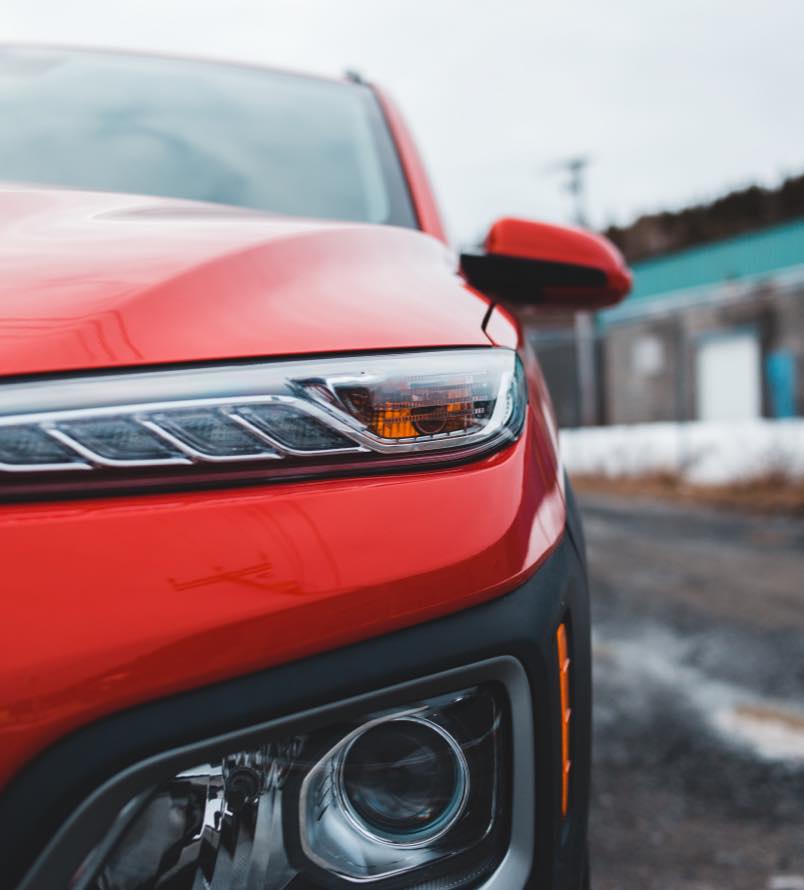
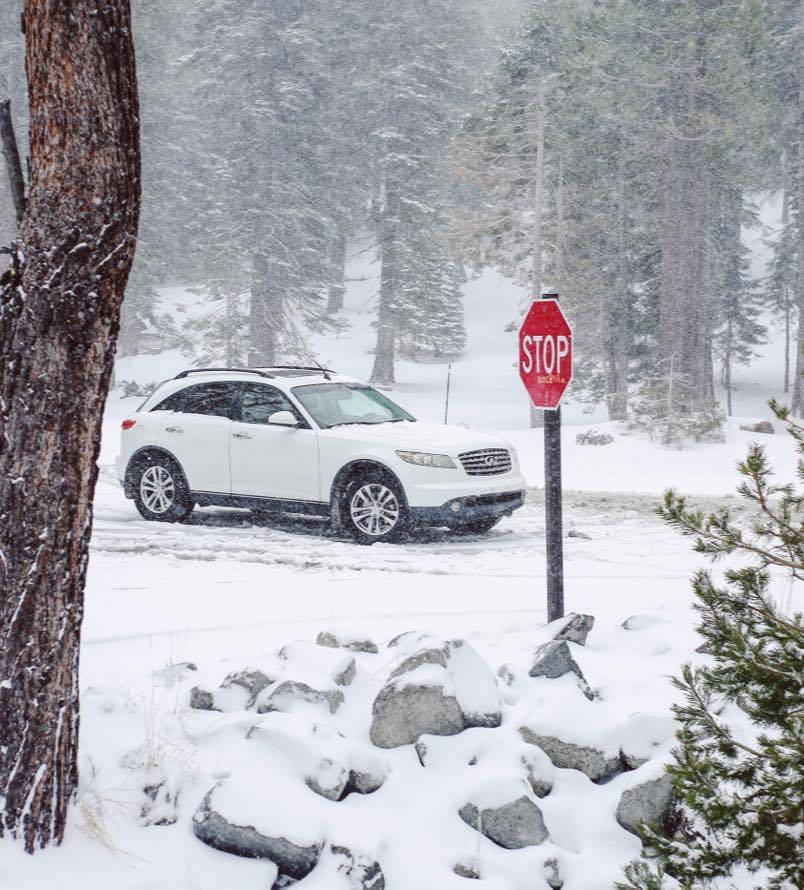
Wear and Tear
Your tires are in direct contact with the road, making some general wear and tear inevitable. Conduct regular inspections of your tires, paying attention to irregular wear and potential damages such as cuts, bulges, cracks, or foreign objects like nails, glass, or small rocks lodged in them. Should you identify any issues, ensure prompt replacement or repair of the affected tires.
When is repair required?
The mechanical components of the alternator are sealed, but sitting water can still cause damage as the lubrication wears away. Repeated exposure to water can harm the brushes through electrical arcing and lead to wear. Early detection is crucial. While driving, monitor your dashboard signals, and if the ignition is on, a battery light will appear. This indicates the need for prompt attention. Similarly, malfunctioning plates in the car can contribute to battery failure.

